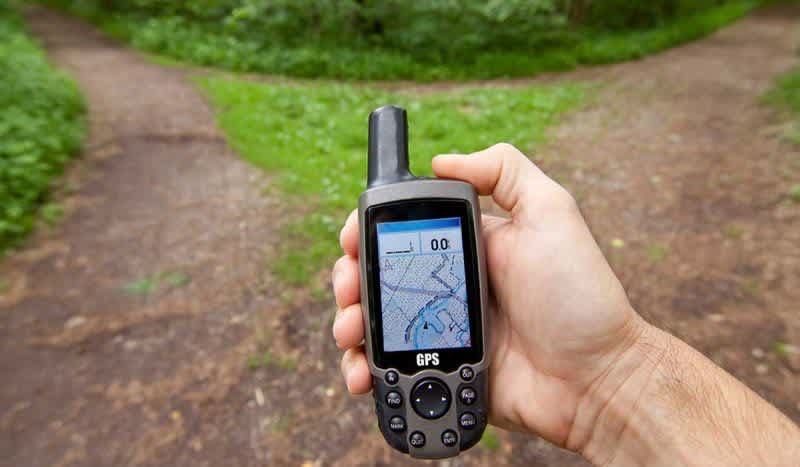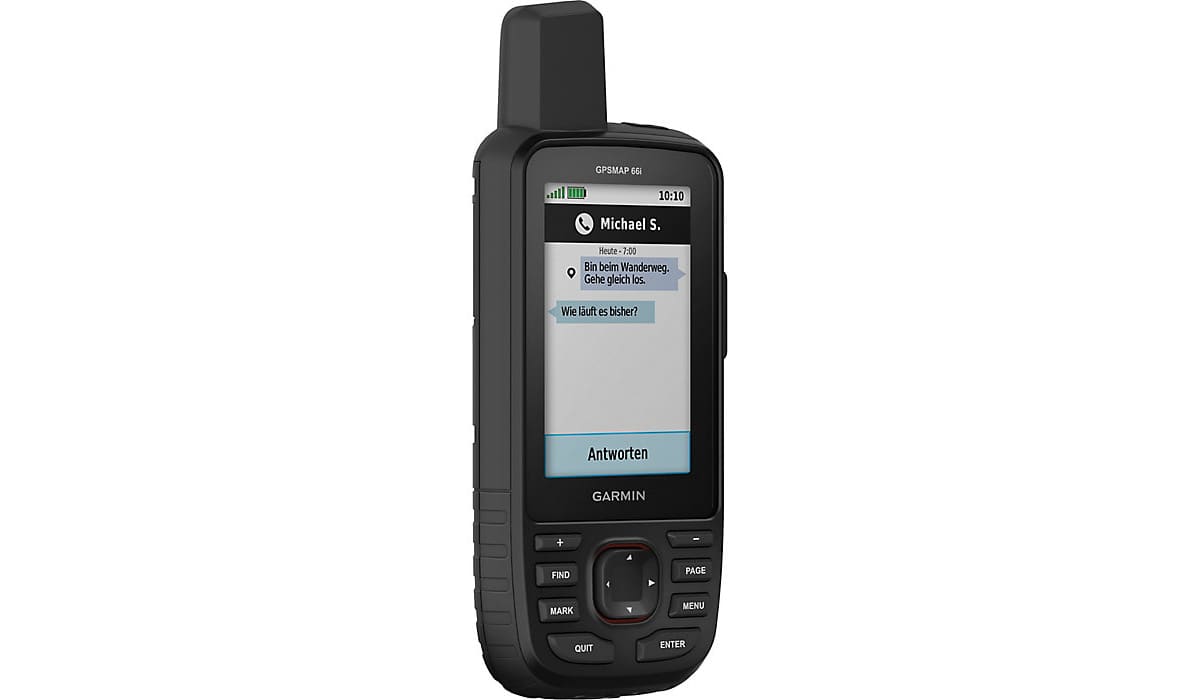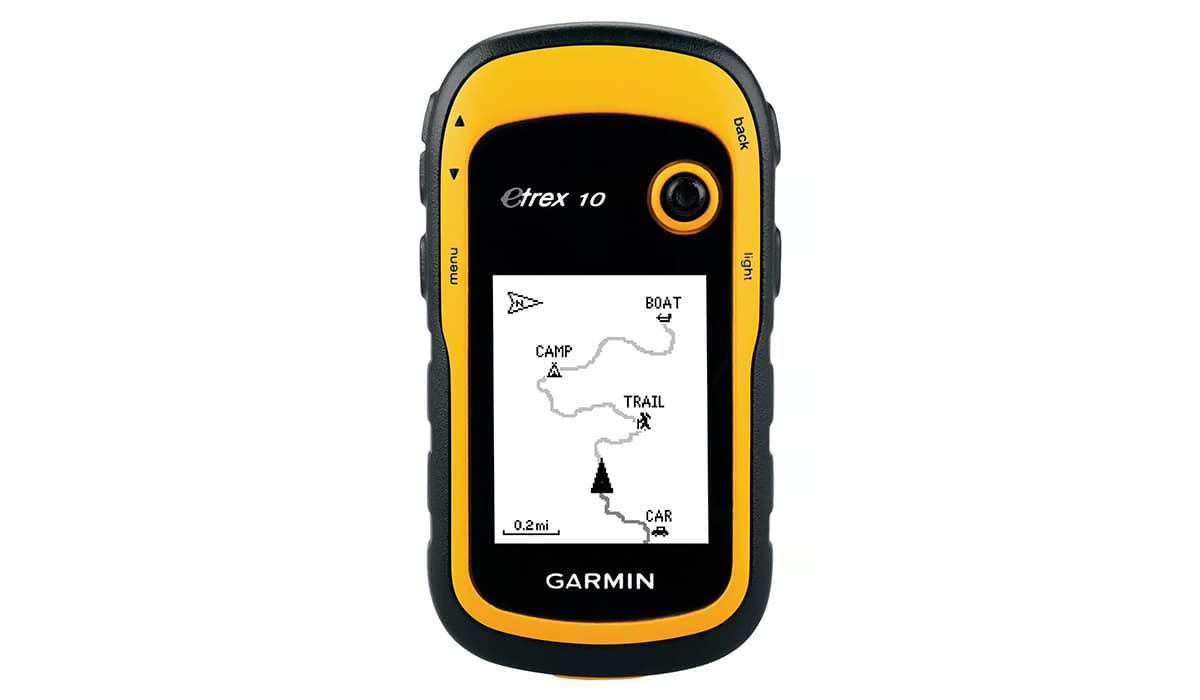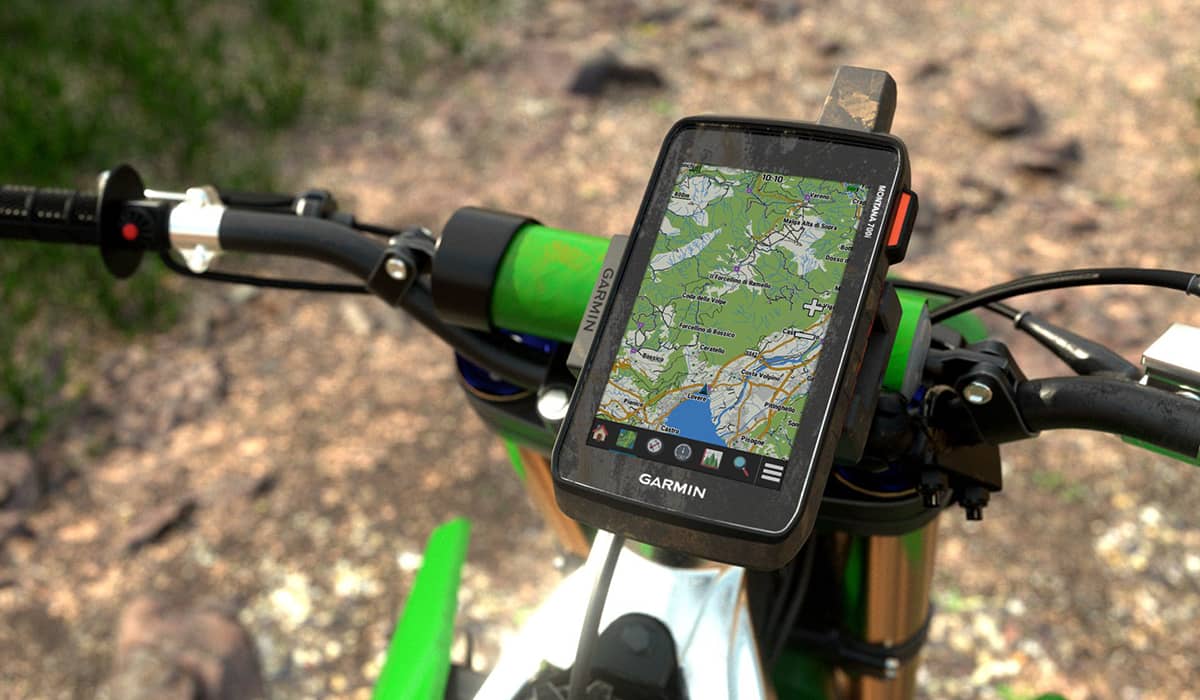Never be Lost with the Best Handheld GPS Devices

1. Garmin GPSMAP 66i - Editor's Pick
Superseded by the GPSMAP 64sx and 64st models, the 66i is the latest iteration of Garmin’s self contained GPS system. The GPSMAP 66i features the ability to send and receive messages even when out of cell tower range and also features an SOS feature (both require a subscription). The internal lithium ion battery has a stated average life of 35 hours before needing to be recharged (200 hours in power saving mode) and the device itself has 16gb of storage space for maps and other data.
The 66i has one of the better screens on the market with a 3” display sporting a 240×400 resolution making it easy to read while outdoors in the sunlight. The device comes pre-loaded with topographic maps and can download BirdsEye Satellite imagery. The 66i is also capable of connecting to WiFi networks and other devices within its range which can quickly get complicated.
The GPSMAP 66i also allows you to store up to 10,000 waypoints, set favorite and other locations and also save up to 250 routes if you feel like you want to back track somewhere you’ve been before. The device is both water resistant and IPX7 rated to keep a limited amount of water and most dust and debris out of the device. The Garmin GPSMAP 66i is one of the more expensive models out there at $599.99.
2. Garmin eTrex 10 - Budget Pick
Let me introduce you to a a great buy if you’re in the market for handheld GPS devices that don’t break the bank. Now unless you’re really hardcore into all of the features of higher-priced GPS units, they will largely be useless to you. My final entry for this list is a device I think fits in a bit better for most people’s wallets and uses. The eTrex 10 is a small, handheld no-frills GPS device that features a great 20-hours of battery life and can have batteries swapped out on the fly by replacing 2 AA batteries.
The entire device only weighs 5 ounces even with the batteries installed yet it still has a 4-level Gray LCD, comes pre-loaded with WW basemap and has geocaching features which has been a steadily growing popular sport and probably many peoples first reason for buying a handheld GPS device. The eTrex handheld GPS device is only $99.99.
3. Garmin Montana 700i - Most Durable
The Garmin Montana 700i blends the durability of the rest of your gear with the functionality and ease of use of your smartphone. The biggest standout feature of the Montana 700i is its large 5-inch touch screen. The 700i receives its “I” design nation from the fact that it features inReach Technology which allows the unit to work even when it is out of cell phone range.
Another nifty feature of the Montana 700i is its integrated camera. Most people would be content to use their cell phone or carry along a DSLR camera but I think it’s a feature that is neatly blended into the device especially with its large screen. The battery life on the 700i is great especially if you consider its “expedition mode” which gives it 330 hours of battery life, standard battery life is 18 hours.
Garmin marks the design of the Montana 700i as “military grade construction” and reviews online suggestions that it lives up to that suggestion. The Garmin Montana also includes 2-way messaging and SOS capabilities like the GPSMAP 66i above. If you’re looking into getting a Montana 700i, it’ll set you back a pretty penny at $699.99.
Handheld GPS vs. Cellphone GPS
It’s a question everyone seems to ask – why do I need a GPS unit when my phone has GPS? The first thing that comes to mind is that a lot of these GPS devices have much better battery lives and in some cases also have SOS or messaging capabilities in case you are lost or injured and need an airlift out of your remote location which may or may not have cell phone service. While the GPS in your phone or tablet would work just fine for an off grid adventure, your battery life probably won’t be as good and when it comes down to it, modern smartphones are fairly fragile in comparison to the modern Handheld GPS.

Secondly, your phone requires a cell signal to work properly for the GPS app. Satellite-based systems, like your handheld GPS, will work in most every location as long as you have a clear view of the sky. That doesn’t mean it won’t work while under the canopy of trees, but if you’re in a cave, well, not so much.
Oddly enough, the popularity of GPS apps on phones has reduced the competition in the handheld GPS market. Companies like Magellan, who is a big player in the GPS market, have shifted to other areas, like automotive and off-road GPS systems and are no longer producing handheld GPS systems.
How GPS works
The Global position system relies on a network of 31 satellites presently circling the planet to track your location in two or three dimensions depending on the amount of satellites you’re in contact with.
At minimum, a GPS device needs contact with at least 4 satellites in order to determine your location by measuring the distance from your device to the satellite. The United States Space force is currently responsible for operating the Global Positioning System.
Necessary connection
Will my GPS device work without a cell phone or internet connection? The Short answer is yes. You shouldn’t need anything other than a GPS equipped device. Having an internet or cell phone connection can let you download maps, waypoints, and different types of locations to your device but in its base configuration, most GPS devices should provide you with enough information to navigate efficiently throughout your journey.
Is a handheld GPS worth it?
There are a lot of features that a GPS has that your phone doesn’t. If you plan to do any outdoor adventure, and need navigation help, a handheld GPS is definitely worth it.
Which handheld GPS is the easiest to use?
For simple navigation, the Garmin eTrex 10 is hard to beat. Push a couple buttons and you’re all set to go, and for the price, it is hard to beat.
We are committed to finding, researching, and recommending the best products. We earn commissions from purchases you make using the retail links in our product reviews. Learn more about how this works.









